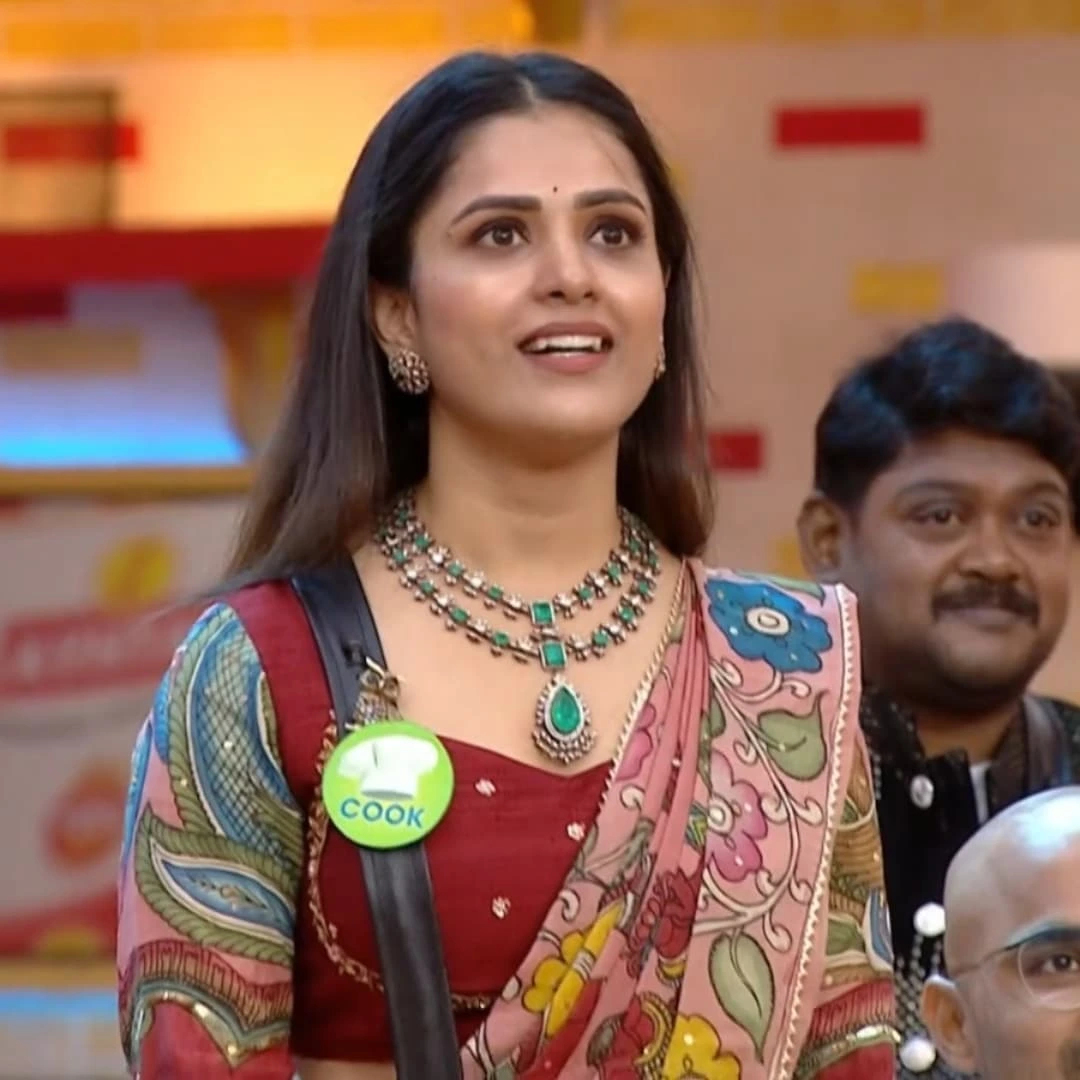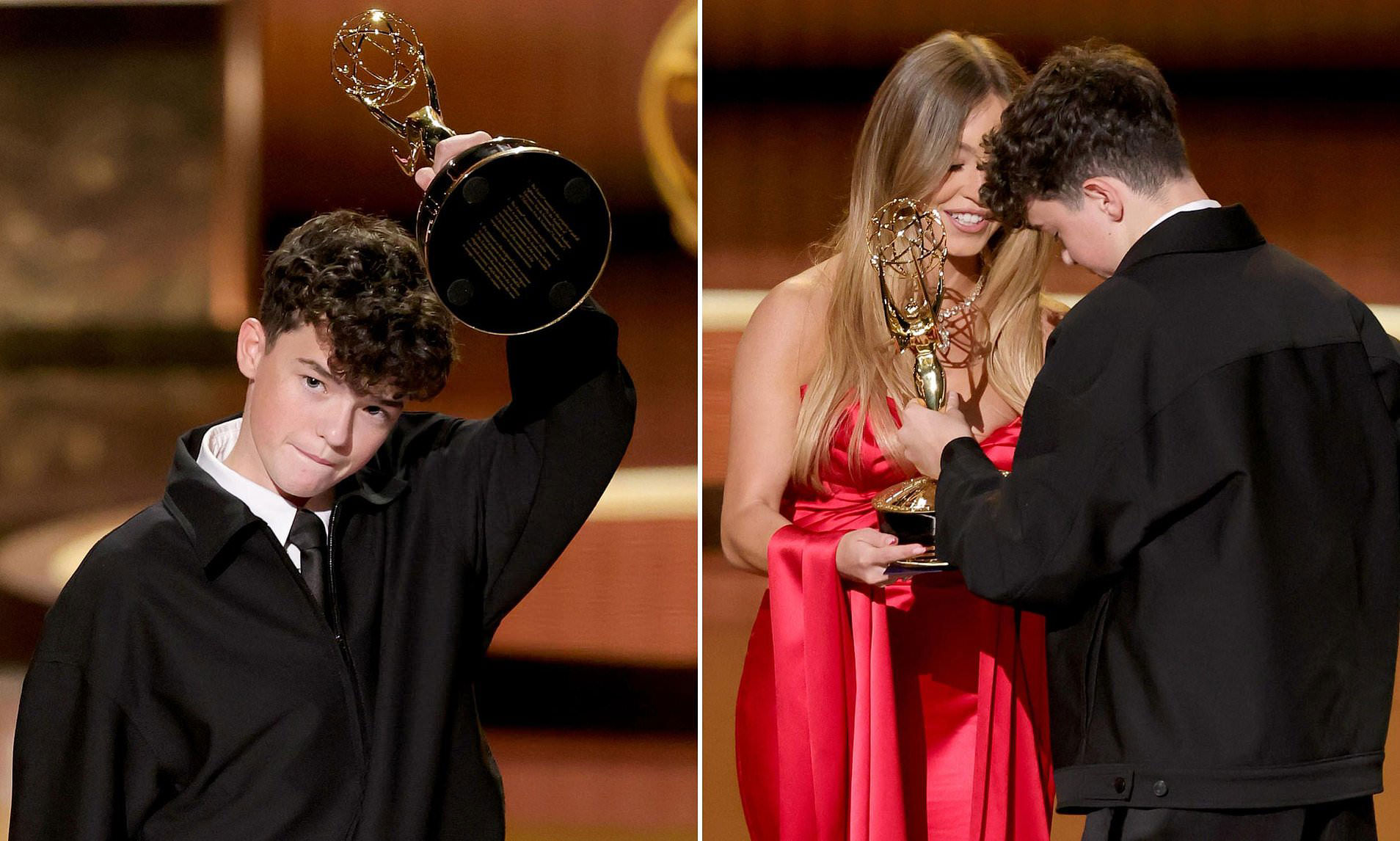The 96th Academy Awards ceremony marked the culmination of a unique awards season. Hollywood’s first simultaneous actor and writer strikes significantly curtailed campaigning for months, followed by a concentrated push in the final stretch. The Hollywood Reporter’s Executive Editor of Awards Coverage delves into the night’s biggest wins, unexpected outcomes, and the strategies that propelled certain films to the forefront.
Oppenheimer Takes Center Stage: A Historic Night for Nolan and Universal
As widely anticipated, Christopher Nolan’s “Oppenheimer” dominated the ceremony, securing an impressive seven Oscars. This includes the coveted Best Picture award, placing it alongside “Slumdog Millionaire” as the film with the most wins in the last 15 years. Nolan himself bagged the Best Director award, while Cillian Murphy became the first Irish actor to win Best Actor. The film further solidified its dominance with wins in supporting actor (Robert Downey Jr.), cinematography, film editing, original score, and Best Picture.
This achievement is a testament not only to the filmmakers’ masterful adaptation of Kai Bird and Martin J. Sherwin’s “American Prometheus: The Triumph and Tragedy of J. Robert Oppenheimer,” but also to the dedicated teams that brought the story to life and garnered Academy recognition.
Universal Studios deserves significant credit for their role. Donna Langley’s success in luring Nolan away from Warner Bros. proved to be a strategic masterstroke. Michael Moses (chief marketing officer) and Jen Chamberlain (director of national publicity) played crucial roles in promoting the film to both audiences and Academy voters.
The Angellotti Company, led by veteran strategist Tony Angellotti, also deserves recognition. Since 1999’s “Man on the Moon,” Angellotti has guided Universal to Best Picture wins in three different decades (2001’s “A Beautiful Mind,” 2018’s “Green Book,” and now 2023’s “Oppenheimer”). His team, including VP Dana Bseiso Vazquez, crafted a compelling campaign that highlighted Nolan’s long-overdue recognition, the film’s relevance despite its historical setting, and its contribution to reviving box-office sales post-pandemic.
A masterfully executed campaign: The “Oppenheimer” campaign hinged on several key elements. Firstly, it emphasized Nolan’s long-deserved place in the awards spotlight. Secondly, it showcased a film that resonated with audiences despite its historical setting, finding parallels between the film’s themes and the current geopolitical climate. Thirdly, alongside “Barbie,” “Oppenheimer” played a significant role in drawing viewers back to theaters. Finally, the campaign employed subtle tactics to address perceived hurdles – making the typically reserved Nolan (represented by ID’s Kelly Bush Novak) appear more approachable, keeping Robert Downey Jr. on message, and strategically promoting Cillian Murphy’s career, despite his extensive filmography (including five collaborations with Nolan).
Barbie Shines (But Not with Gold Statues): A Box Office Success Story
Greta Gerwig’s “Barbie” might have walked away with just one golden statue (Best Original Song for “What Was I Made For?” by Billie Eilish and Finneas), but its tremendous box office performance speaks volumes. The Academy historically favors “serious” fare like “Oppenheimer” over comedies like “Barbie.” However, Gerwig, Margot Robbie (producer and star), and Warner Bros. celebrated a significant victory – “the Bank of America Award,” signifying a global box office haul exceeding $1 billion.
Interestingly, the team behind “Barbie” received recognition at the ICG Publicists Awards, winning Best Motion Picture Publicity Campaign.
Poor Things Makes a Splash: Unexpected Wins and Fiercely Competitive Races
Yorgos Lanthimos’ “Poor Things,” a film some considered a more provocative counterpart to “Barbie,” defied expectations by securing four Academy Awards. Notably, the film triumphed in categories where “Barbie” was nominated – Best Costume Design and Production Design. Additionally, “Poor Things” secured wins for Makeup/Hairstyling (thwarting Netflix’s “Maestro”) and Best Actress.
The Best Actress race was particularly thrilling. Emma Stone, seven years after her win for “La La Land,” emerged victorious for her daring performance in “Poor Things.” This win positioned her above Lily Gladstone from “Killers of the Flower Moon.” Gladstone’s understated performance could have marked a historic moment – the first Indigenous American Best Actress win – but ultimately fell short.
A Strategist’s Perspective: An anonymous awards strategist, not affiliated with the “Poor Things” campaign, commended Searchlight Pictures for their effective campaign executed on a budget. Their creative advertising campaign, utilizing the tagline “Defy expectations,” was particularly highlighted.
The Fall of Killers of the Flower Moon: A Missed Opportunity?
Martin Scorsese’s highly anticipated “Killers of the Flower Moon” left the ceremony empty-handed. This outcome surprised many, considering the film’s pedigree and the buzz surrounding Leonardo DiCaprio and Lily Gladstone’s performances. Possible explanations for this unexpected outcome include:
Stiff Competition: The sheer force of “Oppenheimer” might have overshadowed other strong contenders.
Genre Bias: The Academy’s historical preference for dramas over Westerns could have played a role.
Campaign Strategies: While details are unknown, it’s possible the campaign for “Killers of the Flower Moon” didn’t resonate as strongly with voters.
The Road Ahead: Awards Season Trends and Strategies
The 96th Academy Awards offered valuable insights for future awards seasons:
The Power of Box Office Success: While critical acclaim remains crucial, “Barbie” and “Oppenheimer” demonstrated the influence of box office success on awards recognition.
Strategic Storytelling: Both “Oppenheimer” and “Poor Things” campaigns excelled at crafting narratives that resonated with voters. Highlighting Nolan’s overdue recognition, “Oppenheimer”‘s contemporary relevance, and “Poor Things”‘ defiance of expectations all played a role in their success.
The Evolving Landscape: The simultaneous award season strikes presented unique challenges. As the industry adjusts, studios will need to adapt their campaigning strategies to accommodate potential disruptions.
FAQs
Q: Why did “Oppenheimer” win so many awards?
A: “Oppenheimer” benefitted from several factors – a critically acclaimed film with timely themes, a well-executed campaign highlighting Nolan’s career, and a strong studio push that brought audiences back to theaters.
Q: Did “Barbie” fail at the Oscars?
A: Despite only winning one Oscar, “Barbie” emerged as a major box office success. Awards recognition often prioritizes critical acclaim over commercial performance.
Q: Why didn’t “Killers of the Flower Moon” win any awards?
A: The reasons behind “Killers of the Flower Moon”‘s lack of wins are multifaceted. The dominance of “Oppenheimer,” potential genre bias, and campaign strategies could all be contributing factors.
Q: What are some key takeaways from the 96th Academy Awards?
A: The importance of box office success alongside critical acclaim, the power of strategic storytelling in awards campaigns, and the need to adapt campaigning strategies to unforeseen disruptions in the awards season.




